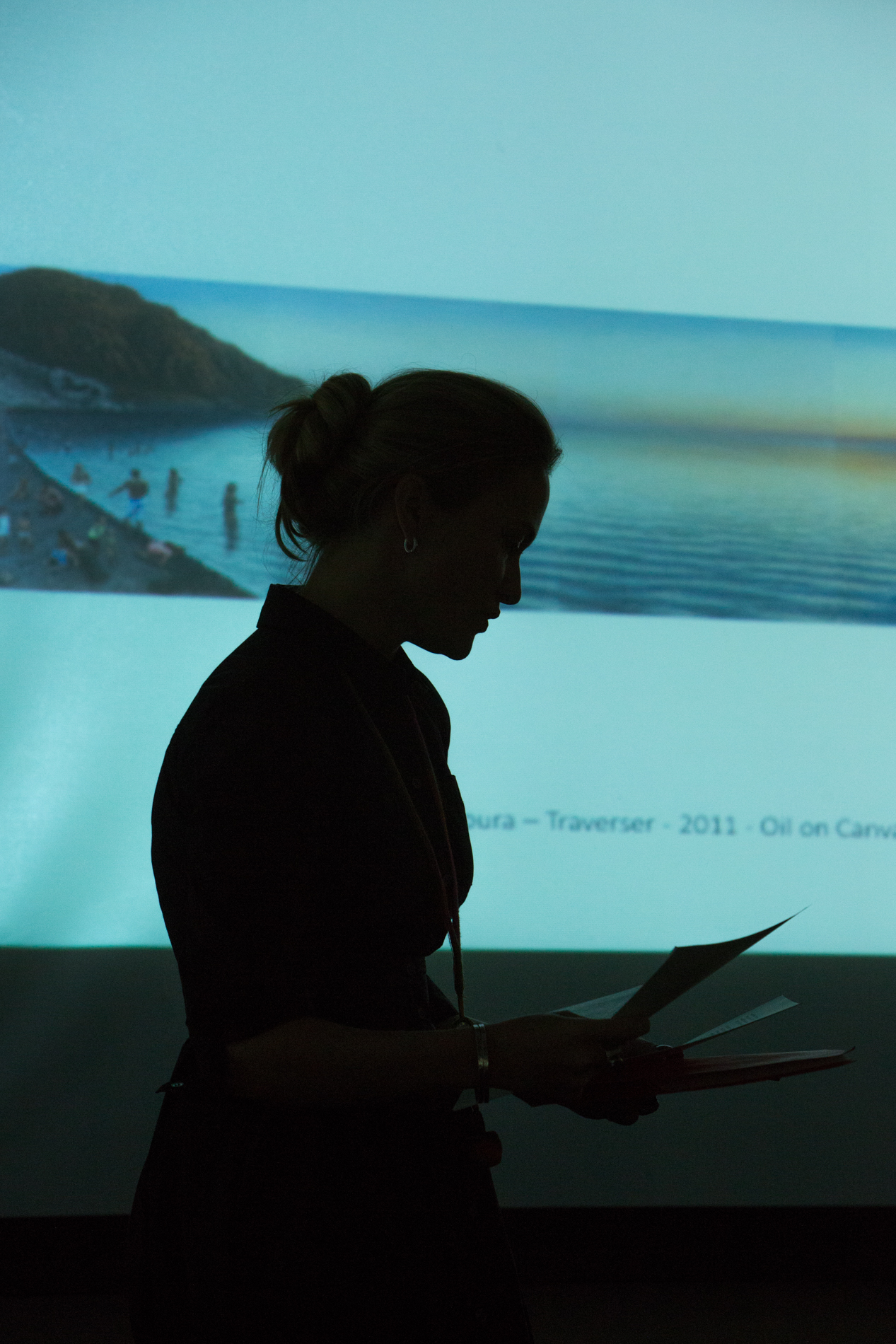FORM as CONTEXT 2017
Organized by Barbara Bollini Roca
Form as Context
Barbara Bollini Roca
“Even one’s most formal descriptions are always predicated upon a judgement and that the stake of this judgement is always, knowingly or not, meaning. And it is my contention that the reverse is also true: it is impossible to lay any claim to meaning without specifically (and I would say initially) speaking of form.” Ive - Alain Bois
Form:
The definitions of form have shifted throughout the years. Traditionally, form in art is the combination of elements like shape, color, line and materials that together create the whole. According to Clement Greenberg (1960), the focus on form was on the flatness and the optical elements of the work. As such, he delimits a parameter that was so narrow it felt as if the work was left empty and deprived of substance.
In the new millennium, though, there has been a resurgence in interest in formalism as evidenced in the work of internationally-recognized artist such as Tomma Abts, and notable exhibitions as Gone Formalism at the ICA, Thing: New Sculpture from Los Angeles. Challenging us to reconceive form as capacious, generous, and full of context.
Context:
The circumstances that surround and structure the atmosphere for an idea, event, object, to emerge and that is easy to grasp and assess.
Context and form are connected, even though they stand as opposites, one wouldn’t exist without the other. There is a tendency to separate them in order to make them easier to understand, but context has always been present in the artworks in a veiled way.
The context as form is another way to explore and view an artwork. This contextual frames to view an artwork, do not replace form. They just enhance how we can view and experience an artwork. They help us verbalize what we see. To get to the point as to why form and context intertwine, I have divided the artworks in four different segments: Environmental, Site/Place, Authorship, Historical and Abstract /Symbolic.






























